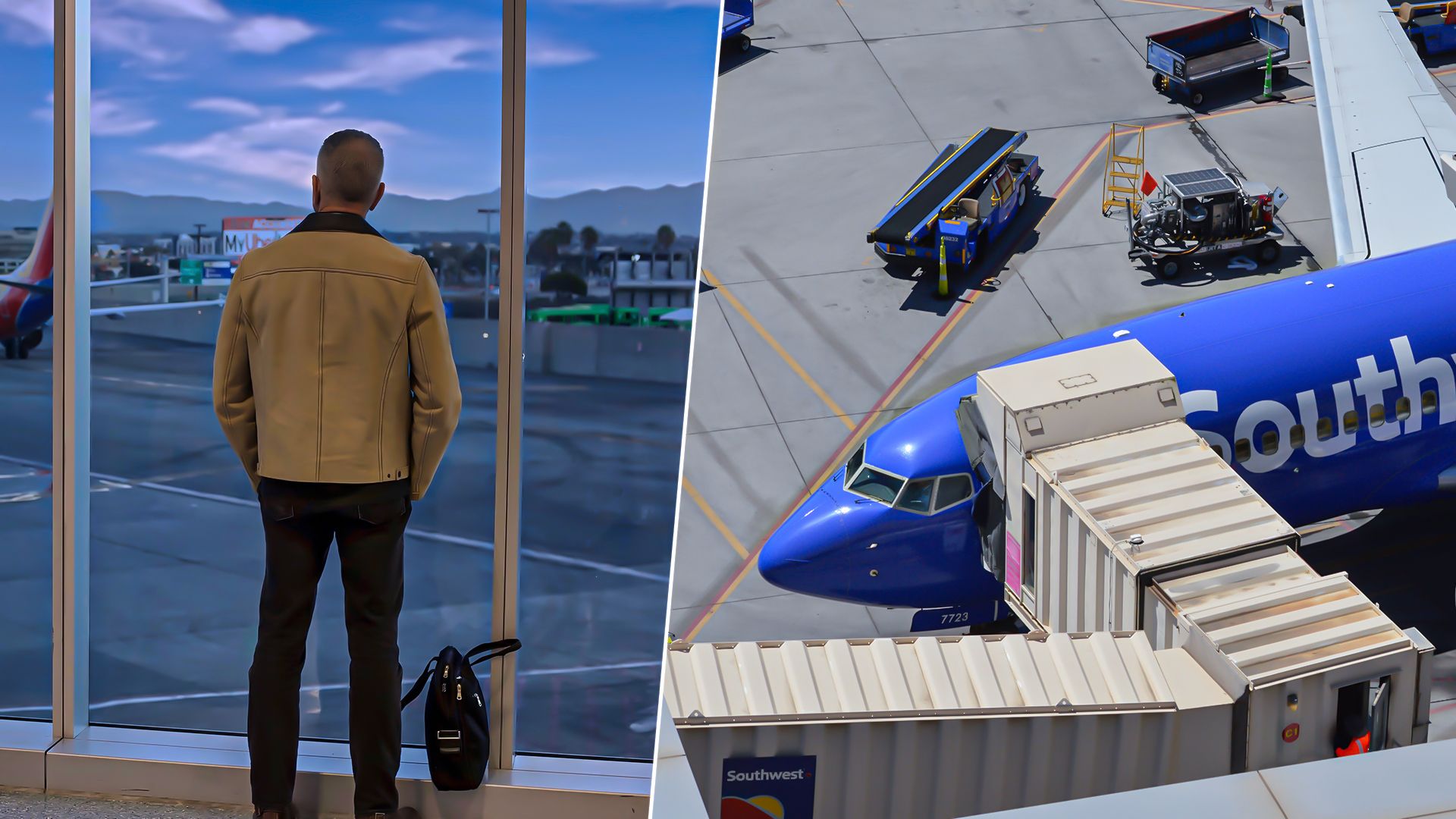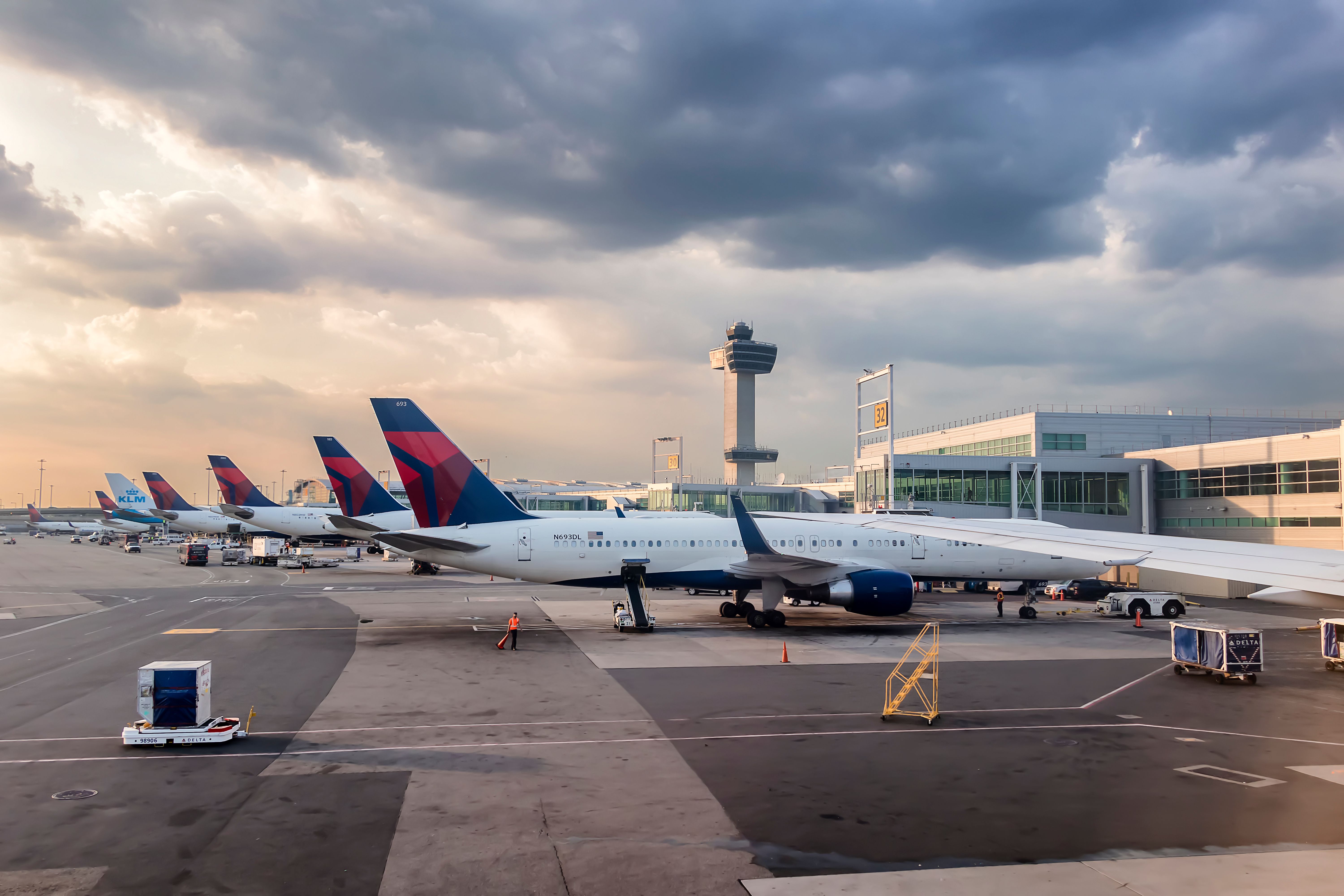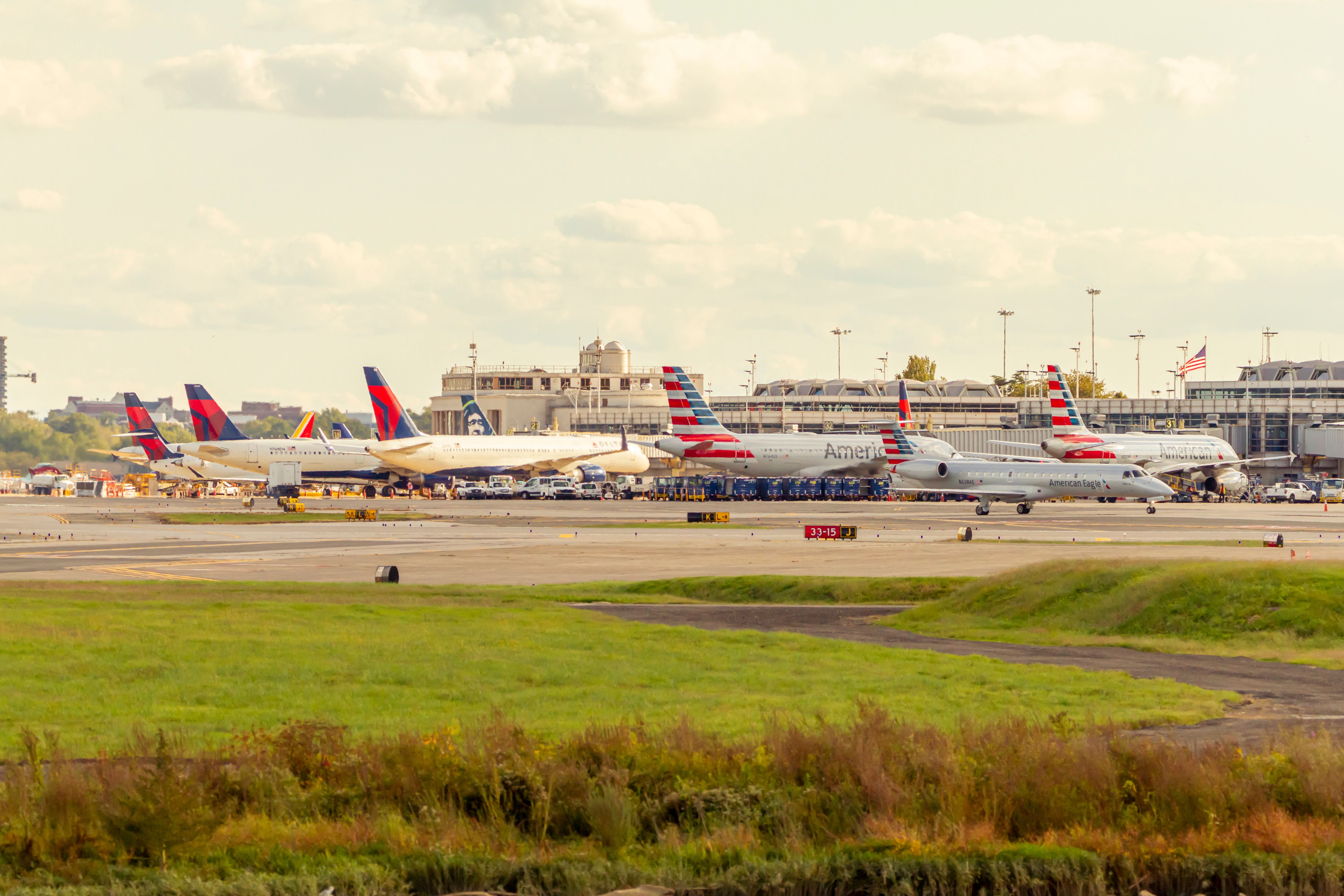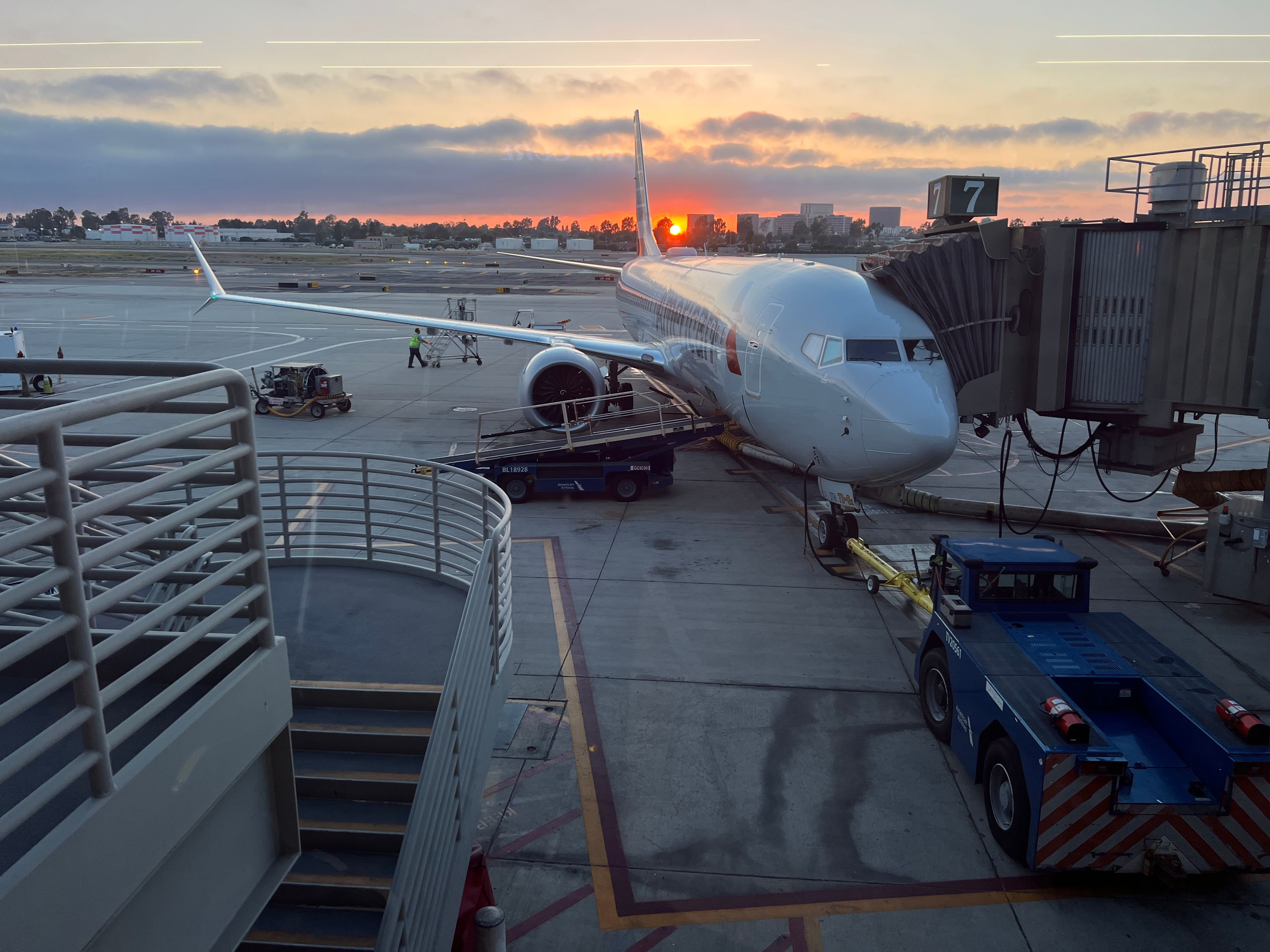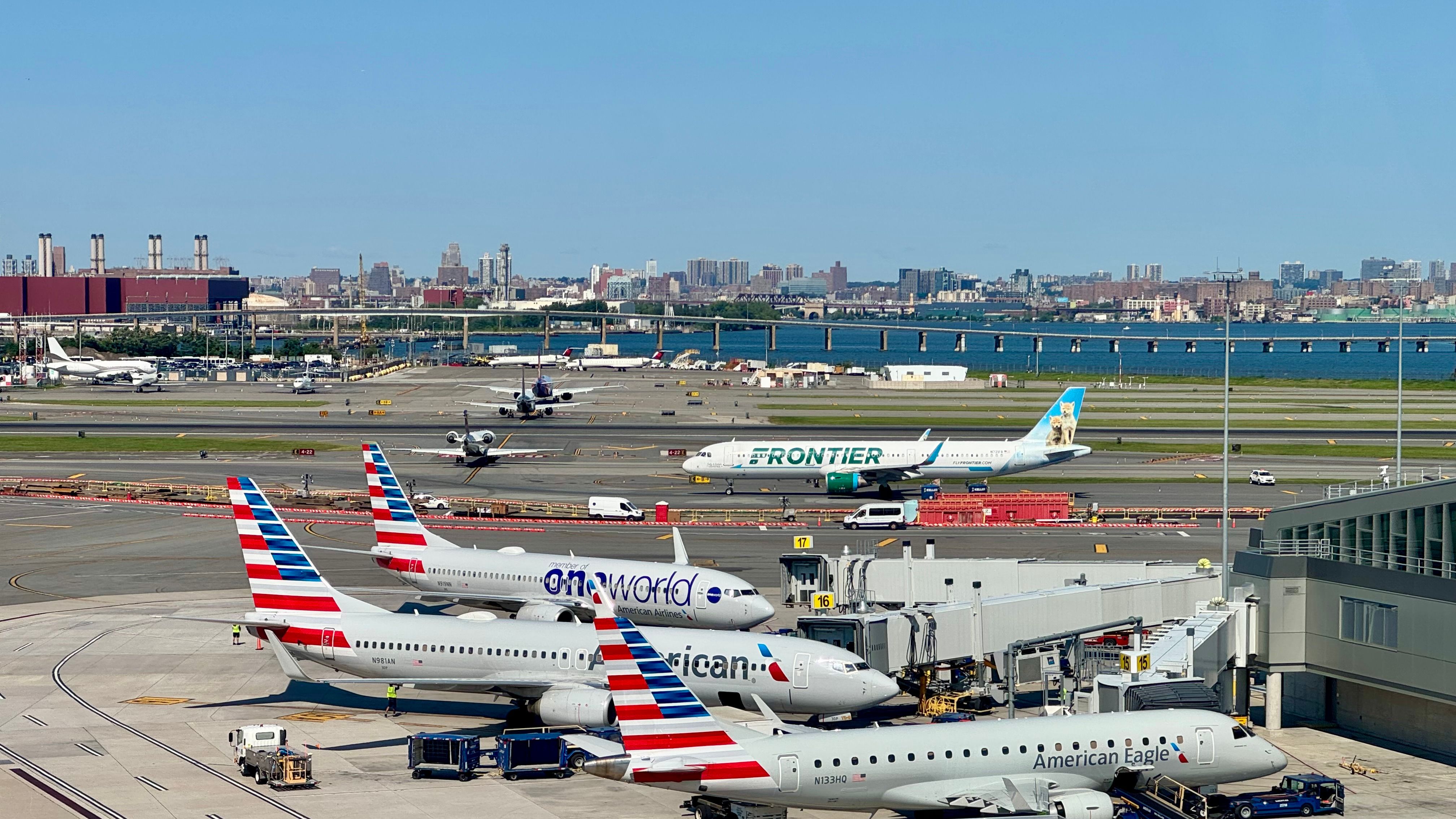Airlines and airports have a unique relationship, given that both work hand in hand to ensure the aviation industry
runs smoothly. The partnership between the two significantly relies on lease agreements, which allow the carrier to have some sort of space at the airport. Agreements are typically influenced by price, but they can also impact the airline’s network from a particular airport. Over the last few decades, the airline-airport relationship has undoubtedly evolved.
As competition continues to be the driving force in the industry, airlines are always looking to introduce new routes and experiences. The move can sometimes be costly, as some gate lease agreements can be expensive. Despite what some may think, airfares not only have operating costs such as fuel prices factored in. They also include the cost airlines must pay to have a presence at each airport.
The benefits of lease agreements
Most US airports are owned and operated by municipal or county governments. According to the Journal of Air Law and Commerce’s Airline-Airport Facilities Agreements: An Overview, airline-airport agreements are intricately detailed, delineating matters such as fees, the location of the facilities, duration, and exclusivity. They also detail other variables, including landing fees, rate calculation methods, and revenue/cost-sharing formulas. There are two types of agreements: exclusive and non-exclusive.
Photo: agsaz | Shutterstock
At many airports, gates
are leased to airlines under long-term agreements. This is typically but not always dependent on the airline’s market share. Exclusive agreements provides that only a designated airline has the use of specific facilities – giving it access to terminals
and gates that are unavailable to other airlines who may wish to use them.
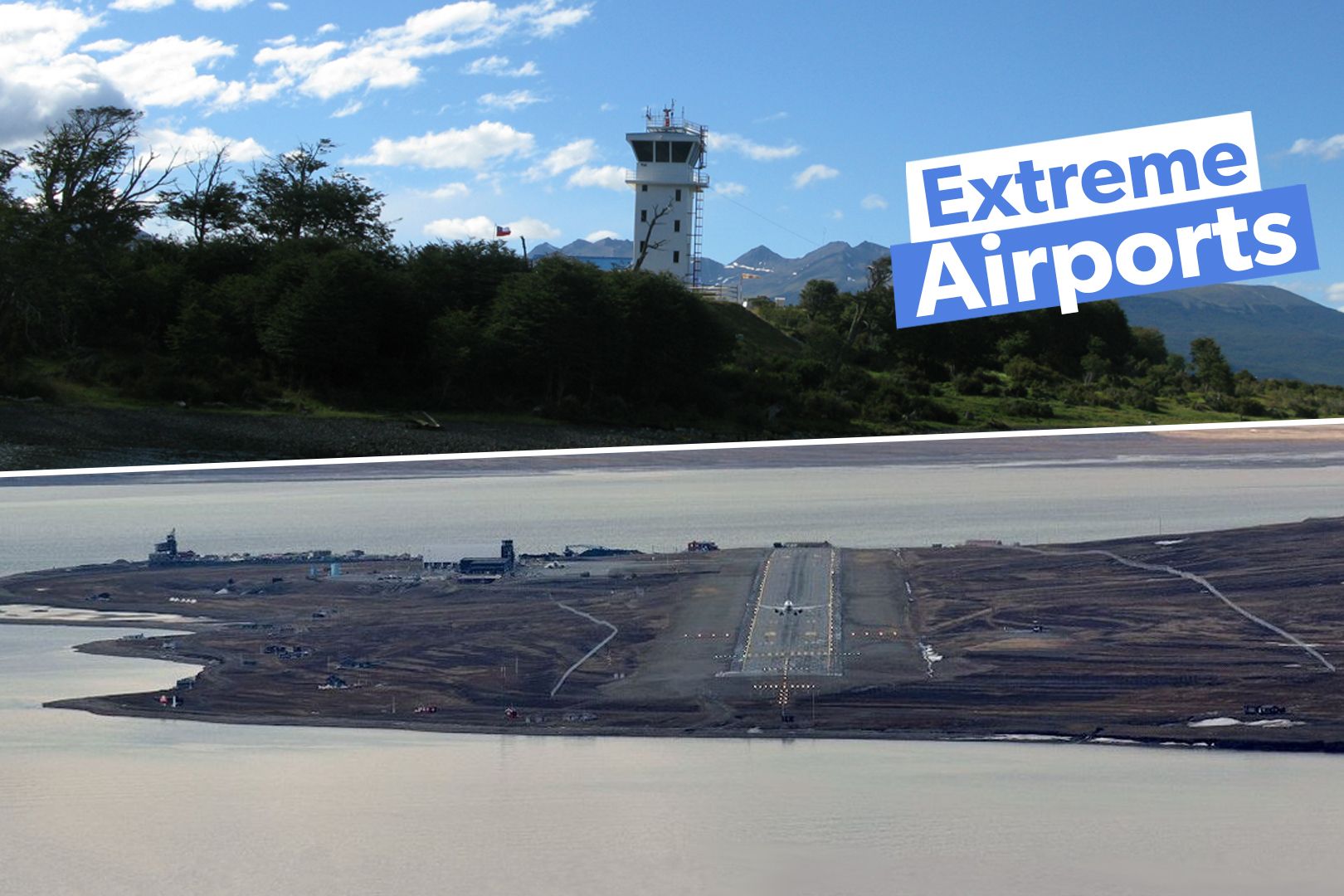
Check It Out
Compared & Contrasted: The Northernmost And Southernmost Airports In The World
From the top of the world to the bottom, we explore what makes these two airports so similar, but so different.
These exclusive leased spaces are believed to have the potential to be beneficial on both sides:
- The airline has encumbered itself with an obligation to pay the respective lease payments and is provided with owned spaces
- The airport effectively relinquishes control of the facilities and gains the assurance of a predictable revenue stream
Exclusive leased spaces
Exclusive agreements are not just limited to gate space. Airlines also technically own ticketing counters under the agreement, explaining why passengers may see a specific carrier’s branding at check-in areas. The carrier can also have its logo inside terminal spaces such as gate areas and even inside and outside jetways.
Photo: grandbrothers | Shutterstock
It is common for exclusive lease agreements to run long-term. Some agreements can extend up to three decades. The journal explains that “Historically, most airports have leased space to airlines on an exclusive basis for extended periods of time, usually 15 to 30 years.” Additionally, the practice has been around in the industry for even longer.
“In 1942, the City and County of San Francisco…entered into a formal agreement… with Trans World Airlines… for a twenty-year term,” the journal reads.
It goes on to explain that
US Airways
had a long-standing agreement with the city of Philadelphia, which owns and operates Philadelphia International Airport (PHL)
. The agreement was established in 1974 and expired in 2006. ![]() American Airlines
American Airlines
, which merged with US Airways nearly a decade later, has since inherited US Airways’ large presence at the airport, as it continues to consider it a hub. With designated terminals and gates, American undoubtedly has an exclusive agreement at PHL, but the length is unknown.
The current agreement could exceed 30 years, such as the previous 1974-instated term. However, there is a cap on how long lease agreements can be. The journal cites that in the 1985 case Montauk-Carribbean Airways, Inc. v. Hope, Section 352 of New York General Municipal Law authorizes the local legislative body which operates local airports, can “enter into exclusive and non-exclusive contracts… not exceeding forty years.”
Non-exclusive leased spaces
Airlines may still have relationships with airports, but they can be non-exclusive. This is typically for carriers with a small presence and/or only operate a few flights at a given airport. Under the agreement, gates and terminals are shared among two or more airlines and are used during certain times of the day. Non-exclusive agreements can be cost-effective for some airlines since they can still operate at the airport, but do not have to pay as much because lease charges are split between them. It also benefits the airport as it retains control of its facilities and continues to profit from the carriers operating from them.
Photo: Channing Reid | Simple Flying
Some airports that have notably had non-exclusive lease agreements in the past include Kansas City International Airport (MCI)
and Dallas Love Field (DAL)
. In 1998, American and Continental Airlines established an agreement with DAL to share two gates, according to the jounal. American no longer serves DAL, given its long-time powerhouse hub at nearby Dallas/Fort Worth International Airport (DFW). Continental Airlines merged with ![]() United Airlines
United Airlines
in 2010, and also does not serve DAL.
In contrast to exclusive leased spaces, ticketing counters, and gate spaces inside the terminals featuring airline-specific branding can be changed in a split second. This is thanks to screens that reflect when a specific carrier has a flight at the airport. Depending on how many airlines may share a space at an airport, screens can be changed several times a day.
Signatory vs. non-signatory
Airlines are also classified as signatory or non-signatory carriers, depending on whether they have signed a lease agreement for a specified duration or not. Signatory airlines have “an airline operating agreement and terminal building lease substantially identical in all respects…and with the same expiration date,” according to the journal.
Photo: Jonathan Hendry | Simple Flying
However, reflective of many other agreements or even subscription services, airlines that do not agree to the use of facilities for a specified amount of time end up paying airports more.
“…Signatory airlines receive a credit for their share of the airport’s net revenues,” while “non-signatory airlines are not credited with any portion of net airport revenues,” according to the journal. Pay rates for non-signatory airlines can be up to 20% higher than the cost for signatory airlines.
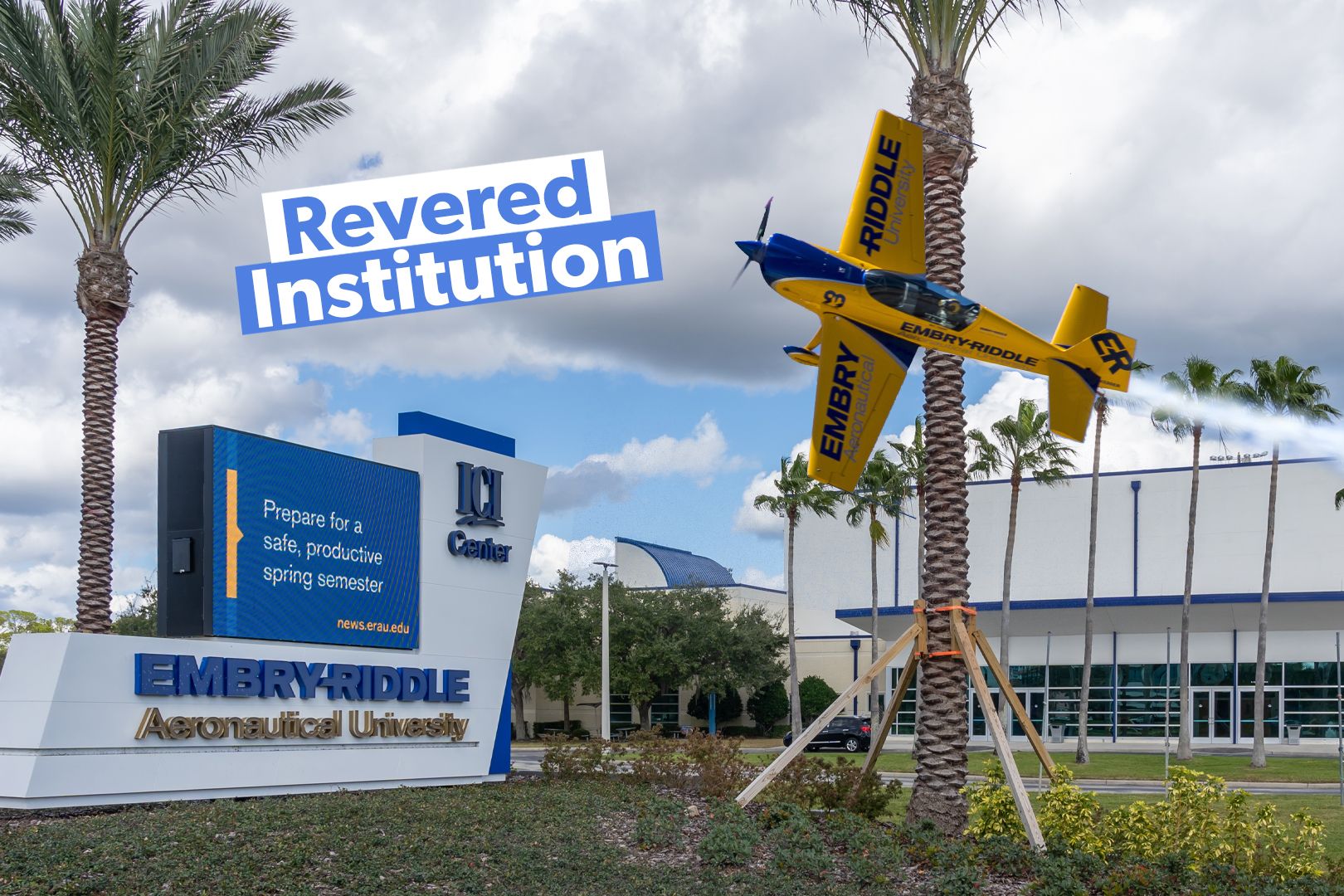
Read Next
Why Is Embry-Riddle So Highly Regarded As An Aeronautical University?
Established in 1926, this university has earned a reputation as the most respected institution for aviation and aerospace education worldwide.

